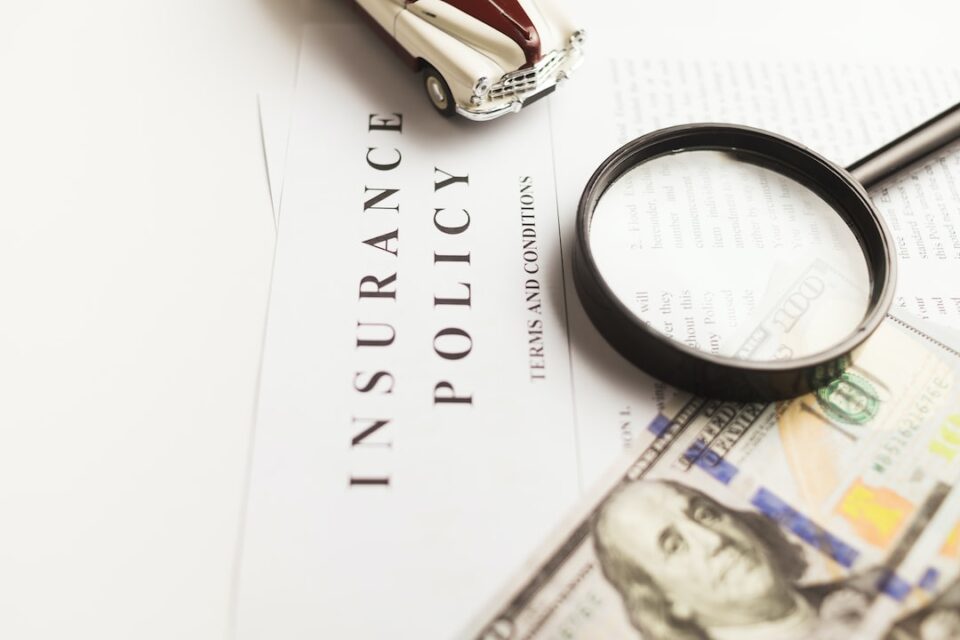How to Build an Emergency Fund for Unexpected Expenses
Life is unpredictable, and it often throws unexpected expenses our way. Whether it’s a medical emergency, a major car repair, or an unforeseen job loss, having an emergency fund can provide a much-needed buffer during these challenging times. An emergency fund is a safety net that allows you to manage unexpected financial situations without getting into debt or feeling overwhelmed.
In this article, we will discuss the importance of having an emergency fund and provide a step-by-step guide on how to build one.
Why You Need an Emergency Fund
1. Financial Security: An emergency fund provides a sense of security and peace of mind, knowing that you have resources to fall back on in case of unforeseen circumstances.
2. Avoiding Debt: Relying on credit cards or loans to cover unexpected expenses can lead to crippling debt and high-interest charges. Having an emergency fund allows you to avoid resorting to these measures.
3. Stress Reduction: Knowing that you have a financial buffer for emergencies can significantly reduce stress levels and help you focus on finding solutions instead of panicking.
How to Build an Emergency Fund
1. Set a Goal: Start by determining how much you want to save in your emergency fund. Financial experts recommend having at least three to six months’ worth of living expenses saved. However, start with a smaller initial goal, like $1000, before gradually building it up.
2. Assess Your Expenses: Evaluate your monthly expenses and identify areas where you can cut back or reduce spending. This could involve minimizing dining out, canceling unused subscriptions, or finding cheaper alternatives for certain services.
3. Create a Budget: Developing a budget is crucial to track your income and spending habits. Allocate a specific portion of your income each month towards your emergency fund. Treat it as a financial priority, just like paying bills or saving for retirement.
4. Automate Savings: Set up an automated transfer from your primary checking account to a separate high-yield savings account specifically designated for your emergency fund. This way, a portion of your income will be automatically deposited, making it easier to save consistently.
5. Generate Extra Income: Consider taking on a side gig or freelancing work to supplement your regular income. The additional earnings can be directly funneled into your emergency fund, helping you reach your savings goal faster.
6. Cut Back on Non-Essential Expenses: Evaluate your spending habits and identify non-essential items or services that you can temporarily give up. Whether it’s reducing your entertainment expenses or refraining from indulgent purchases, every penny saved can add up over time.
7. Save Windfalls and Tax Refunds: Instead of splurging on unnecessary purchases when you receive a windfall or a tax refund, allocate a portion – or even the whole amount – to your emergency fund. These unexpected sources of income can give your fund a significant boost.
8. Stay Committed: Building an emergency fund requires discipline and perseverance. Set realistic expectations and stay committed to consistently contributing to your fund, even if it takes longer than initially planned. Remember, slow progress is better than no progress at all.
9. Reevaluate and Adjust: Regularly review your expenses and savings goals. As your financial situation changes, adjust your emergency fund target accordingly. If you receive a raise, consider increasing your monthly contributions to your fund.
10. Keep it Separate: It’s essential to keep your emergency fund separate from your regular savings account. This separation ensures that you are not tempted to dip into it for non-emergency purposes.
Final Thoughts
Building an emergency fund may take time, but the long-term benefits outweigh the initial efforts. Financial security and peace of mind are invaluable assets in today’s uncertain world. Start small, but start today, and gradually work your way towards building an emergency fund that can protect you from unexpected expenses. Remember, it’s better to be prepared than to be caught off guard.

